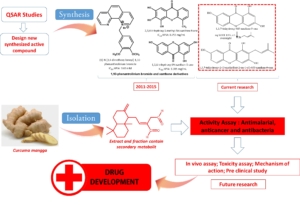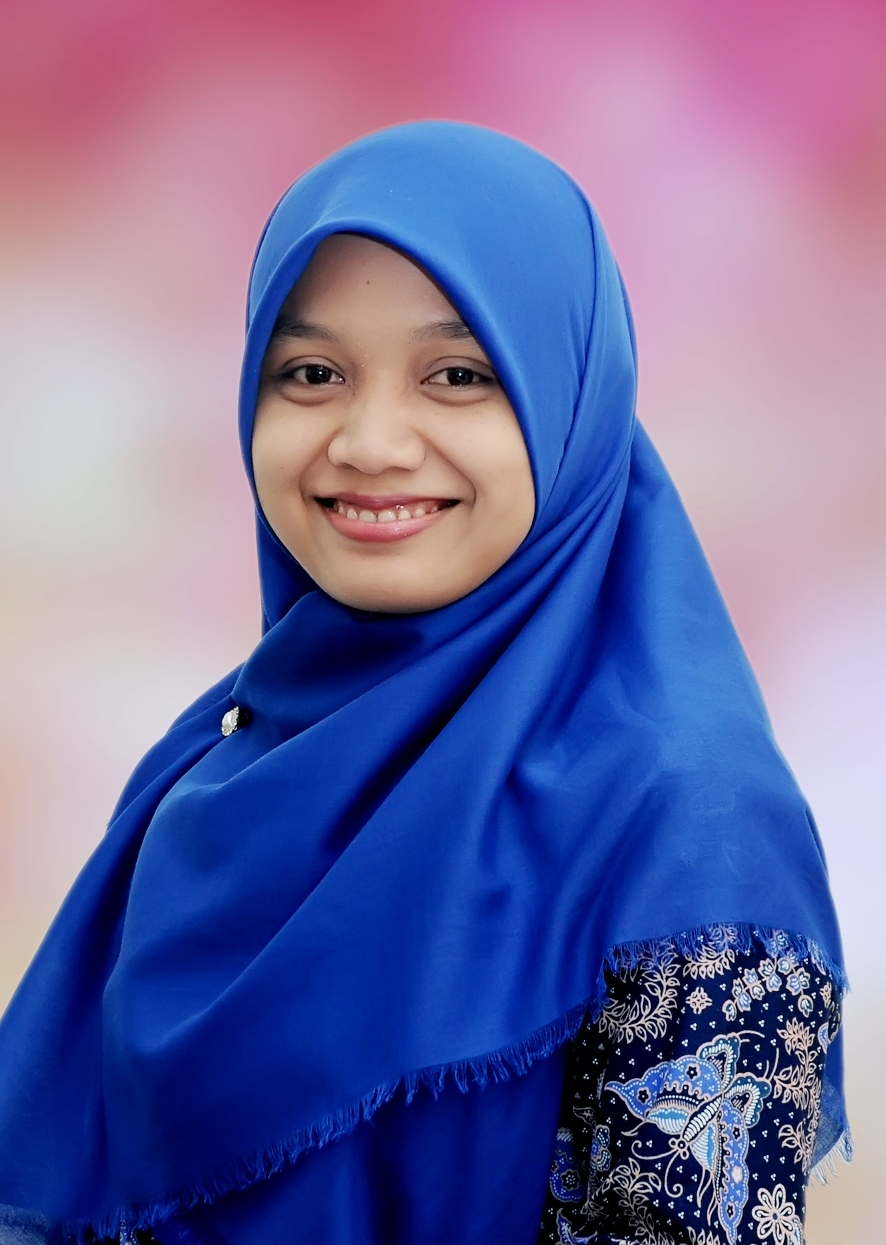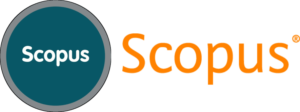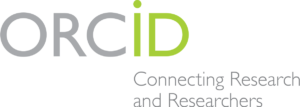Functional Degree:
Assistant Professor/Penata Muda Tk.I/III.b
Home address:
Jl. Kaliurang km 7 Gg. Mawar
no. 44 02/43 Kayen, Condong Catur,
Depok, Sleman, Yogyakarta, 55283
Email:
[email protected]
Education background:
S1 Universitas Gadjah Mada (S.Si.): Organic Chemistry
S2 Universitas Gadjah Mada (M.Sc.): Organic Chemistry
S3 On Progress
Teaching Courses:
Organic Chemistry 2, Organic Chemical Synthesis
Phytochemicals, Natural Chemicals
Medical Chemistry, Biochemistry
Cosmetic Chemistry , Practical Organic Chemistry
Practical Essential Oils
Practical Chromatography
Practical Natural Chemicals
Expertise:
Organic Chemistry, Organic Chemical Synthesis, Essential Oils.
Organic synthesis and isolation of natural product chemistry for drugs esp. antimalarial active compounds
Malaria continues to be a main health problem and deadly parasitic disease in the world. The resistance of chloroquine (antimalarial drug) is now extensively spread in some countries, including Indonesia. In Indonesia, the problem has been widely spread in some provinces with the percentage of 10-97%. Therefore, the discovery and development of new effective antimalarial drugs are absolutely required to solve the problems.
Drug discovery is an effort to address the health problems, including malaria. This could be done by isolating the active compounds from medicinal herbs, which are traditionally and empirically employed to cure malaria and by synthesizing the natural product-analog-compounds. Two medicinal plants which have been clinically proven to display antimalaria activity are Garcinia and Calophyllum. The herbs are rich in phenolic secondary metabolite of xanthone (Likhitwitayawuid et al., 1998; Hay et al., 2004; Syamsudin et al., 2008; Naidoo, 2009). This class displays several activities of antimalarial, anticancer, anti-HIV, antioxidant, anti-inflammatory, as well as antibacterial (Ito et al., 1998; Saha et al., 2004; Riscoe et al., 2005). Despite the fact that they possess good antimalaria activity, the isolation only gave very low yield of 0.55% (Hay et al., 2004). Therefore, the synthesis of xanthone is more convenient and advantageous from health, scientific and economic points of view, comparing with the isolation process.
According to the results of QSAR analysis, the most active site of the molecule, i.e. the one which is responsible for the antimalarial activity, could be predicted. The researcher group has already analyzed QSAR properties of xanthone as antimalarial and suggest some potential compound from xanthone derivatives. The synthesized compound will be tested for several antimalarial assays. Moreover, the research group also doing some isolation of secondary metabolites from natural product and also be tested as antimalarial. Furthermore, the synthesized and isolated compound will also be tested as anticancer and antibacterial.

Pengalaman Riset:
1. 2017 Synthesis Of New Potential Antimalarial Drug Active Compound Of C-Prenylated Polyhydroxy Xanthone And In Vitro Assay Against Plasmodium Falciparum Indonesia Toray Science Foundation (ITSF).
2. 2016 Uji Aktivitas Antimalaria In Vitro dari Fraksi n-Heksana : Etil Asetat (2:1) dan Ekstrak Etanol Rimpang Temu Mangga (Curcuma mangga) terhadap Plasmodium falciparum Galur 3D7 DPPM UII.










